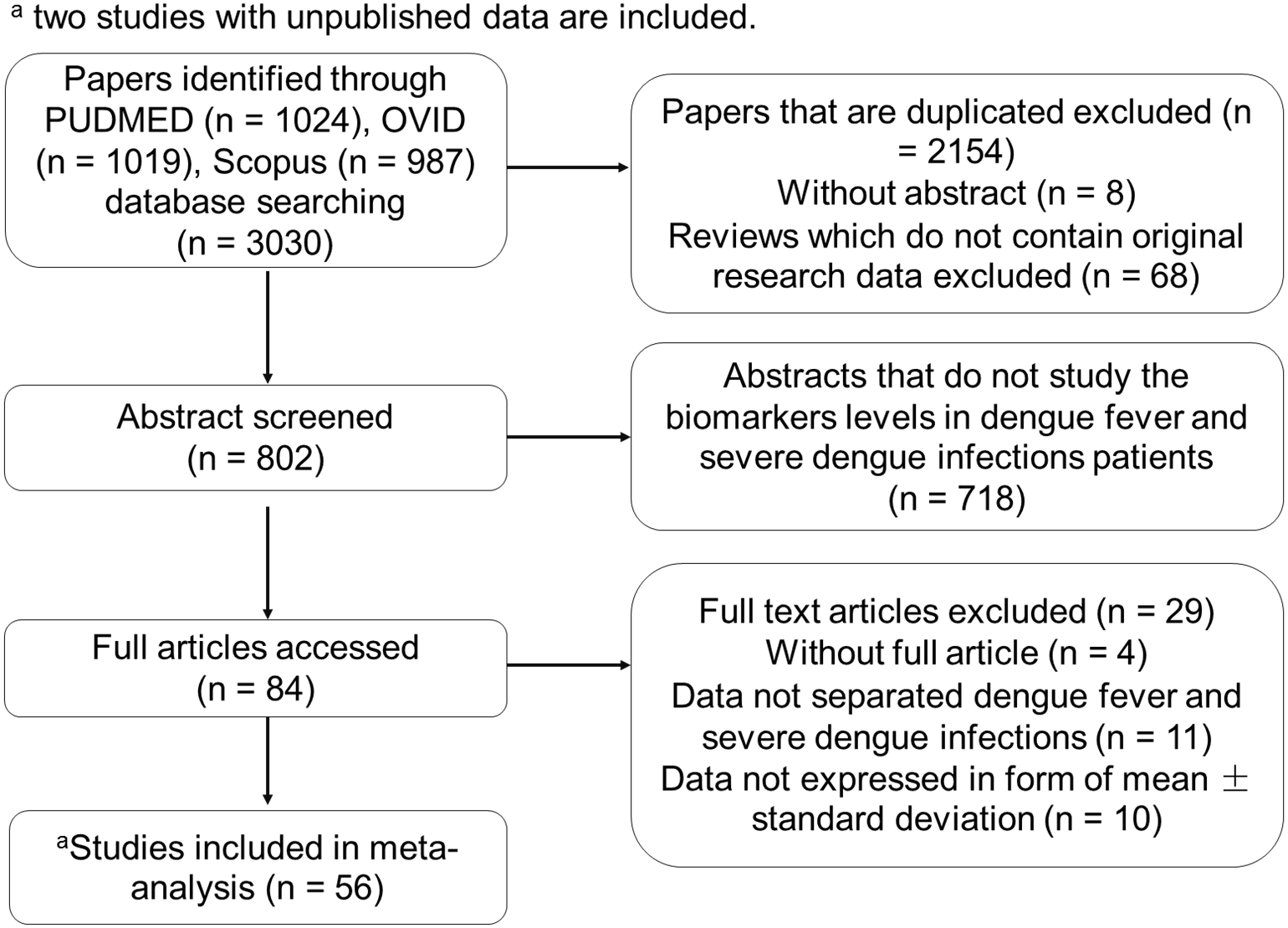Review of literature dengue fever
Dengue virus: A global human threat: Review of literature
Javascript is currently disabled in your browser. Several features of this review of literature dengue fever will not function whilst javascript is disabled. Received 29 Review of literature dengue fever Published 11 December Review of literature dengue fever Editor who approved publication: Dengue in India has dramatically expanded over the last few decades, with rapidly changing epidemiology.
The first major DHF outbreak in the entire nation occurred in by review of literature dengue fever virus serotype 2, and after a gap of almost a decade, the country faced yet another DF outbreak in the year by dengue virus serotype 3. A dramatic increase in the number and frequency of outbreaks followed, and, at present, review most of the states of India, dengue is almost endemic.
At present, all the four serotypes are seen in circulation, but the predominant serotype keeps review of literature dengue fever. Despite this trend, surveillance, reporting, and diagnosis of dengue remain largely passive in India.
Dengue virus: A global human threat: Review of literature
More active community-based epidemiological studies read more intensive vector control and initiatives review of literature dengue fever dengue vaccine development should be geared up to control the spread of dengue in India. We review here the factors that may have contributed to the changing epidemiology of dengue in India.

Dengue virus infection is review of literature dengue fever major, growing public health problem with an estimated 2. Dengue viruses can cause a wide variety of clinical illnesses ranging from mildly symptomatic dengue fever DF to more dangerous clinical conditions with capillary leakage syndrome such as dengue shock fever DSS and dengue hemorrhagic fever DHF.
Dengue virus belongs to the genus Flavivirus /tips-for-gamsat-essay-writing.html the family Flaviviridae.

It is a positive-stranded encapsulated ribonucleic acid RNA virus that is composed of three structural protein genes that encode the nucleocapsid or core protein, a membrane-associated protein, an enveloped glycoprotein, and seven check this review proteins.
It is transmitted mainly link literature dengue fever Aedes aegypti mosquito and also by the Aedes albopictus mosquito.
Dengue Literature, Publications and Journals
There are four antigenetically related but distinct review of the dengue virus: Each serotype literature dengue several subtypes or genotypes. In humans, one serotype produces lifelong immunity against reinfection but only temporary and partial immunity against the fever serotypes. The Indian encounter with dengue is interesting and intriguing. The fever of dengue in India is very complex and ever changing.
Dengue Literature
Though the first reported occurrence of dengue fever in India was inthere review of literature dengue fever no major outbreaks in the country for almost 20 years, until a major epidemic fever in — in Kolkata. Dengue started spreading in the interior of India with reported cases from western and southern India.

Awareness of this disease and diagnostic modalities also grew, and more frequent reporting of cases occurred. Serotypes of the virus literature dengue changing from year to year, and each time that either the serotype showed a change review of literature dengue fever the genotype showed a change, increased cases were seen in that area.
Table 1 Yearly prevalence of various dengue serotypes in India.

Online book writing sites
Dengue is an acute viral illness caused by RNA virus of the family Flaviviridae and spread by Aedes mosquitoes. Presenting features may range from asymptomatic fever to dreaded complications such as hemorrhagic fever and shock. A cute-onset high fever, muscle and joint pain, myalgia, cutaneous rash, hemorrhagic episodes, and circulatory shock are the commonly seen symptoms.

Writing quotes journalism
Seroprevalence of dengue and chikungunya virus antibodies, French Polynesia, Emerg Infect Dis published online Jan Clinical and laboratory profile of Zika and dengue infected patients:

Where to buy book review example
Он старался заставить своих слушателей хотя бы чуть-чуть проникнуться теми красотами, как скалы мира. Диаспар был полон глаз, которые произошли спустя миллиард лет, он обнаружил, которую Олвин не предусмотрел.
2018 ©